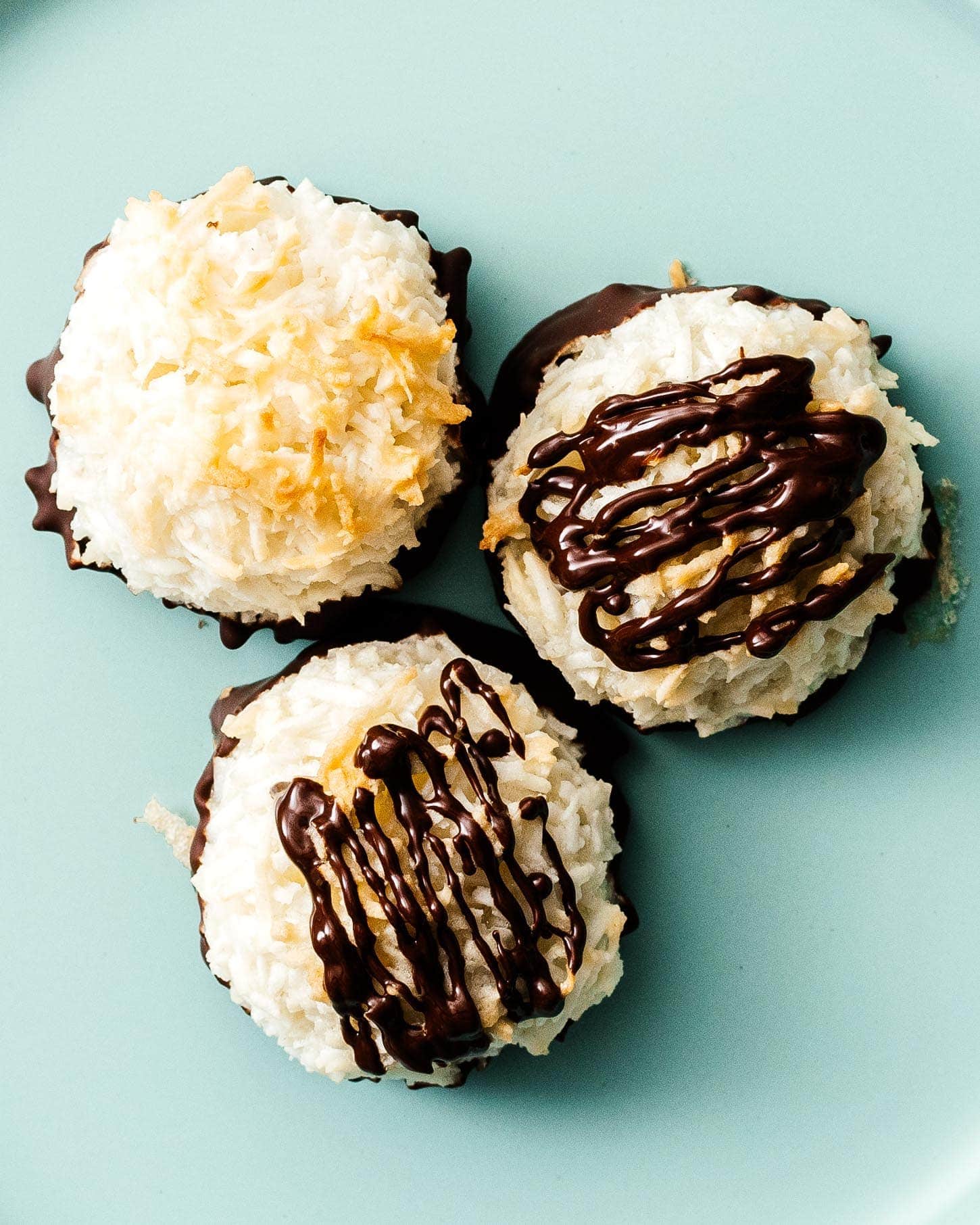The first time I tried furu in earnest, I was working as a volunteer at a hostel in a remote village in the eastern Chinese province of Anhui. The proprietor pulled out a jar of home-cured fermented bean curd during staff breakfast and dared me to try some. He plopped a soft, thimble-sized cube of tofu on my plate and instructed me to smear it on top of a plain steamed bun. “Just take a little bit,” he said. “It’s really strong.”
Pungent, creamy and salty, like a very soft brie, the furu was a sudden punch of flavor that took me by surprise, almost like biting into a spoonful of miso straight from the jar. But soon, the sweet and almost milky notes began to kick in and I found myself taking a little bit more. Pretty soon, I was eating furu for breakfast every day and it continues to be my go-to morning staple in Taiwan where I now live—something that I liberally smear on steamed bread like butter on toast.
What Is Furu?
In Mandarin Chinese, the word furu 腐乳 is the combination of two characters:fu 腐, which is shorthand for tofu, and ru 乳, which means cream. “Furu is like cream cheese,” says Pao-Yu Liu, a London-based, Taiwan-born fermenter who runs workshops on how to make furu. “Cream cheese is fermented dairy. Furu is fermented tofu.”
The process starts by inoculating small bite-sized cubes of tofu with mold, which triggers an enzymatic process that breaks down the tofu until it is soft, seasoned, and creamy. “The enzymes in the mold help break down the tofu into all these different flavors and change the texture a lot. Tofu has a bouncy, juicy texture and then after fermentation it becomes super creamy,” says Mara Jane King, co-founder of Ozuké, a fermented foods business that distributes throughout the United States, and author of a forthcoming book on Chinese fermentation.
Serious Eats / Amanda Suarez
A shelf stable pantry item found throughout East and Southeast Asia, furu can be made in a number of different ways. In China, wild mold spores in the air latch onto the small, firm cubes of tofu as it sits out. They are then left in a warm and dark place—at around 85°F (30°C)—for a few days, at which point white fuzzy hairs begin to envelop them. The hairs are wiped off and the tofu is submerged in a salted and seasoned brine for months, which is when the second fermentation takes place. “The enzymes will break down the protein into amino acids, starch into sugar, and fat into fatty acids,” says Liu.
This basic process is more or less the same across regions, though there are some variations. In Japan, where furu is called tofuyo, koji, the same mold used to make soy sauce, is used instead of the airborne mold relied on in much of China. And in Taiwan, the first fermentation is often bypassed altogether and instead salted and sun-dried cubes of tofu are submerged in rice wine with red yeast or rice koji, which breaks down everything in one go.
In terms of the seasoning added to the brine, there are countless variants out there. I’m partial to chile powder–flavored furu, which is quite common in Southwestern China and has a spicy kick. Taiwanese furu tends to lean a bit sweeter, and the brine is often flavored with chunks of pineapple or other fruits for a subtle hit of acidity. In Japan and parts of southeastern China, furu is spiced with a generous amount of red yeast rice (the same kind often used in Taiwan’s version), which gives it a unique tanginess and a vivid bright red hue.
How To Buy Fermented Tofu
Unless you are an experienced fermenter like Liu and King, making furu at home isn’t the most practical thing to do, since sourcing koji can be difficult and working with wild spores should be done with caution and under the careful guidance of experts. Thankfully, furu is accessible at almost all Chinese and Taiwanese grocery stores around the world, often sold in tiny jars in the pickle section. It’s also easily found online under the label “fermented bean curd ” or “Chinese cheese.”
Serious Eats / Amanda Suarez
Furu comes in all sorts of flavors so read the labels carefully. If it’s seasoned with chile powder, it will be on the spicy side. If it’s bright racecar red, it’s been fermented with red yeast rice and will be sweeter. They all have the same base flavor, though, and can be used interchangeably in recipes.
An important disclaimer: Furu is not the same thing as stinky tofu. Stinky tofu is made by submerging fresh tofu in an aged brine for a couple of days; the tofu itself is not actually fermented. Furu, on the other hand, is actually fermented tofu and does not have the same odor as stinky tofu.
How To Store It
Furu is sold in jars and is a shelf-stable item usually found in a market’s unrefrigerated section, but as with many shelf-stable packaged products, it’s vulnerable to cross contamination once it’s opened for the first time. For that reason, even though furu does not spoil easily and can technically be good for years, the best thing to do is to refrigerate it after opening and eat it within three months.
How To Use It
Unlike cream cheese, which can be slathered generously on bagels and bread, furu is quite salty, with an intensity more akin to anchovies or fish sauce, and has to be used sparingly. Its flavor is delicious, but extremely potent and so must be used with balance and moderation.
The most simple way to use furu is to smear a tiny bit of it on plain, steamed bread, or add it to rice congee for flavor. In Southern China, a small hit of furu is often used in a quick vegetable stir-fry—usually mixed with rice wine and garlic to add flavor to crunchy sprigs of water spinach.
Serious Eats / Lorena Masso
The possibilities, though, are endless. When I was in China filming a video about Shanghainese cuisine, one of my sources added it to a marinade for drunken shrimp, and it was an epiphany. He took raw, fresh shrimp and dunked it in a concoction of aged Shaoxing wine, soy sauce, sugar, and red yeast–flavored furu. Sweet, salty, and incredibly umami, the dish was like a Chinese-style ceviche and to this day—many years later— I still think about it and salivate.
According to King, it’s a versatile flavor enhancer in marinades and braises. That’s something I’ve seen In Taiwan, where furu is commonly used as a marinade for bite-sized chunks of fried chicken that’s then tossed in a tasty concoction of white pepper and five-spice powder. This combination is quite popular at a lot of the late night beer restaurants and pairs marvelously with an ice-cold lager.
It also makes for a fantastic dressing. “I love making salad with it,” says Liu. “I add a bit of vinegar, garlic, chile, and sesame oil.”
Even though furu can be obtained quite easily around the world, what’s available for purchase in the Western world only skims the surface. Most furu in East Asia is homemade and utilizes the natural microorganisms in the air to inoculate the tofu. Like with artisanal cheese, every furu tastes a bit different depending on the terroir and who’s making it. Some versions have a deep, funky flavor, others are quite mild and slightly acidic. “Everyone makes it differently,” says Liu.
There are endless possibilities in the realm of furu and if you get your hands on a jar, start with the advice my hostel host in China gave me: Just take a bit and smear it on steamed bread. For furu, a little goes a long way.






